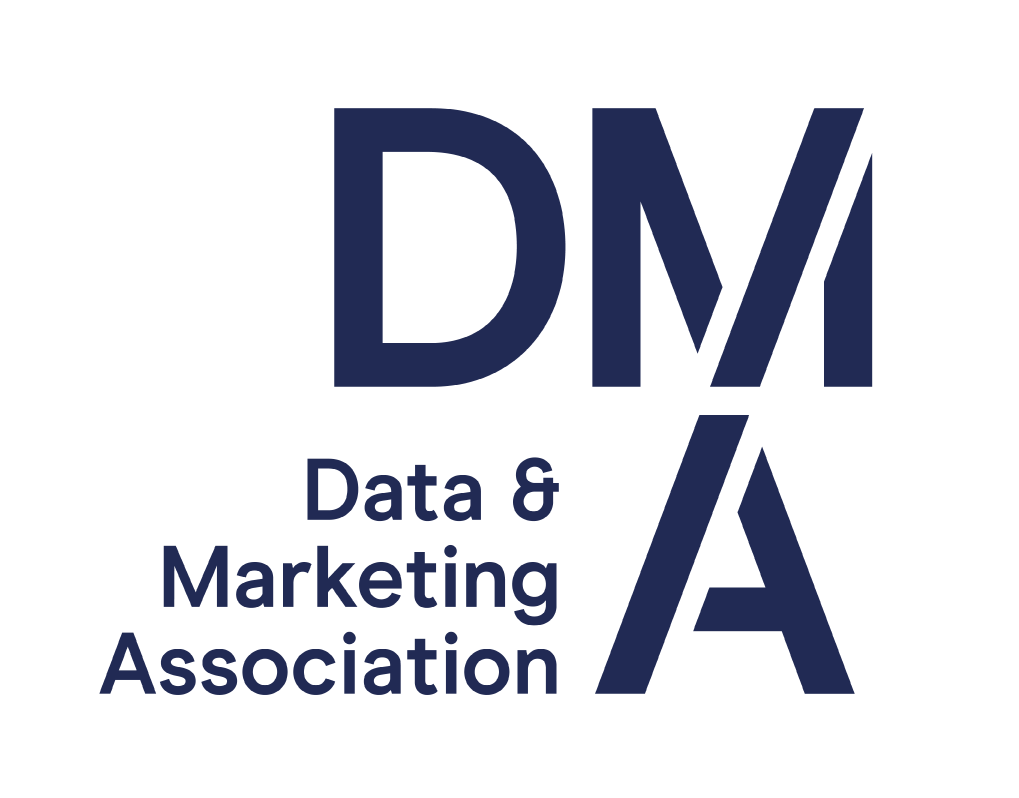Customer acquisition barometer 2014 - Report
26 Mar 2014
_5421378828031-2.jpg)
1. Consumers and marketers have a mutual interest - sharing information. For individuals, finding the latest products and services, getting the best deals and staying in touch with brands they like is at the core of their commercial life. That is why a majority say they have shared their personal information in the last 12 months. For marketers, ensuring good quality customers are acquired at the right cost is at the heart of effective marketing.
2. Both sides agree that the best channels for this information exchange are email and the brand’s own website. Consumers have most confidence providing their personal information across these contact points (43 per cent and 42 per cent named them as the most trustworthy), with email by far the most preferred contact route. Among marketers, these are also the most widely-used channels for customer acquisition, with 40 per cent naming email and 30 per cent their website as the most effective.
3. By contrast, there is more of a mis-match between the two parties around social media. Marketers are pressing ahead with its use - 77 per cent include it in their customer acquisition programmes. Yet only nine per cent of consumers say they have given out their purchasing intentions via social media (although this rises to 20 per cent of 18 to 24-year-olds). This may explain why only 16 per cent of marketers say social media is their most effective channel for customer acquisition.
4. For the information exchange to be effective and sustainable, it needs to be based on three components: permission, reward and control. When consumers give out their personal information, half (49 per cent) see this as having a relatively short shelf-life of just six months, although one third (35 per cent) say 12 months is acceptable - more in line with how marketing operates, not least because of the number of annuallypurchased products for which marketers need leads. Although consumers have become more aware of their privacy rights, six out of 10 marketers do not expect this to impact on their customer acquisition.
5. Rewards can be effective incentives to encourage consumers to share their information; 32 per cent are motivated by competitions and 29 per cent by loyalty schemes. Targeting incentives by age can also make a difference, as what motivates young adults is different from what appeals to the retired.
6. Control also matters to the consumer, with eight out of 10 saying they are more likely to share information if it is only used by the first party. Privacy policies also have a role to play, even though in reality 79 per cent of consumers either never read privacy policies or only sometimes look at them. Nonetheless, marketers are very conscious of the need to have clear opt-outs, to explain how information will be used and then to use it only under those terms.
7. Respecting the interests and wishes of consumers is always important in marketing. It seems likely to become more so as the CAB 2014 survey found the number of companies setting quantity of leads as their priority will jump in the next 12 months from 21 per cent to 35 per cent. This return to acquisition marketing needs to take the consumer along with it; the more each side understands the other, the better for both.

Please login to comment.
Comments